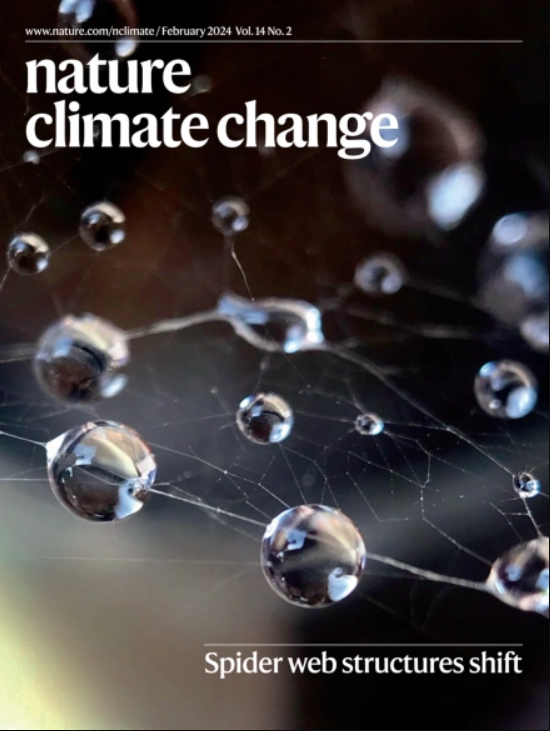Protect young secondary forests for optimum carbon removal
IF 27.1
1区 地球科学
Q1 ENVIRONMENTAL SCIENCES
引用次数: 0
Abstract
Avoiding severe global warming requires large-scale removals of atmospheric carbon dioxide. Forest regeneration offers cost-effective carbon removals, but annual rates vary substantially by location and forest age. Here we generate grid-level (~1-km2) growth curves for aboveground live carbon in naturally regrowing forests by combining 109,708 field estimates with 66 environmental covariates. Across the globe and the first 100 years of growth, maximum carbon removal rates varied 200-fold, with the greatest rates estimated in ~20- to 40-year-old forests. Despite a focus on new forests for natural climate solutions, protecting existing young secondary forests can provide up to 8-fold more carbon removal per hectare than new regrowth. These maps could help to target the optimal ages and locations where a key carbon removal strategy could be applied, and improve estimates of how secondary forests contribute to global carbon cycling. The authors generate ~1-km2 growth curves for aboveground live carbon in regrowing forests, globally. They show that maximum carbon removal rates can vary by 200-fold spatially and with age, with the greatest rates estimated at about 30 ± 12 years, highlighting the role of secondary forests in carbon cycling.


保护幼小的次生林,以达到最佳的碳清除效果
避免严重的全球变暖需要大规模清除大气中的二氧化碳。森林再生提供了具有成本效益的碳清除,但年增率因地点和森林年龄的不同而有很大差异。本文通过将109,708个野外估算值与66个环境协变量相结合,生成了自然再生森林中地上活碳的网格级(~1平方公里)生长曲线。在全球范围内以及生长的前100年,最大碳去除率变化了200倍,估计在20至40年的森林中碳去除率最大。尽管自然气候解决方案的重点是新建森林,但保护现有的年轻次生林每公顷的碳清除量是新生长森林的8倍。这些地图可以帮助确定适用关键碳去除策略的最佳年龄和地点,并改进对次生林如何促进全球碳循环的估计。
本文章由计算机程序翻译,如有差异,请以英文原文为准。
求助全文
约1分钟内获得全文
求助全文
来源期刊

Nature Climate Change
ENVIRONMENTAL SCIENCES-METEOROLOGY & ATMOSPHERIC SCIENCES
CiteScore
40.30
自引率
1.60%
发文量
267
审稿时长
4-8 weeks
期刊介绍:
Nature Climate Change is dedicated to addressing the scientific challenge of understanding Earth's changing climate and its societal implications. As a monthly journal, it publishes significant and cutting-edge research on the nature, causes, and impacts of global climate change, as well as its implications for the economy, policy, and the world at large.
The journal publishes original research spanning the natural and social sciences, synthesizing interdisciplinary research to provide a comprehensive understanding of climate change. It upholds the high standards set by all Nature-branded journals, ensuring top-tier original research through a fair and rigorous review process, broad readership access, high standards of copy editing and production, rapid publication, and independence from academic societies and other vested interests.
Nature Climate Change serves as a platform for discussion among experts, publishing opinion, analysis, and review articles. It also features Research Highlights to highlight important developments in the field and original reporting from renowned science journalists in the form of feature articles.
Topics covered in the journal include adaptation, atmospheric science, ecology, economics, energy, impacts and vulnerability, mitigation, oceanography, policy, sociology, and sustainability, among others.
 求助内容:
求助内容: 应助结果提醒方式:
应助结果提醒方式:


